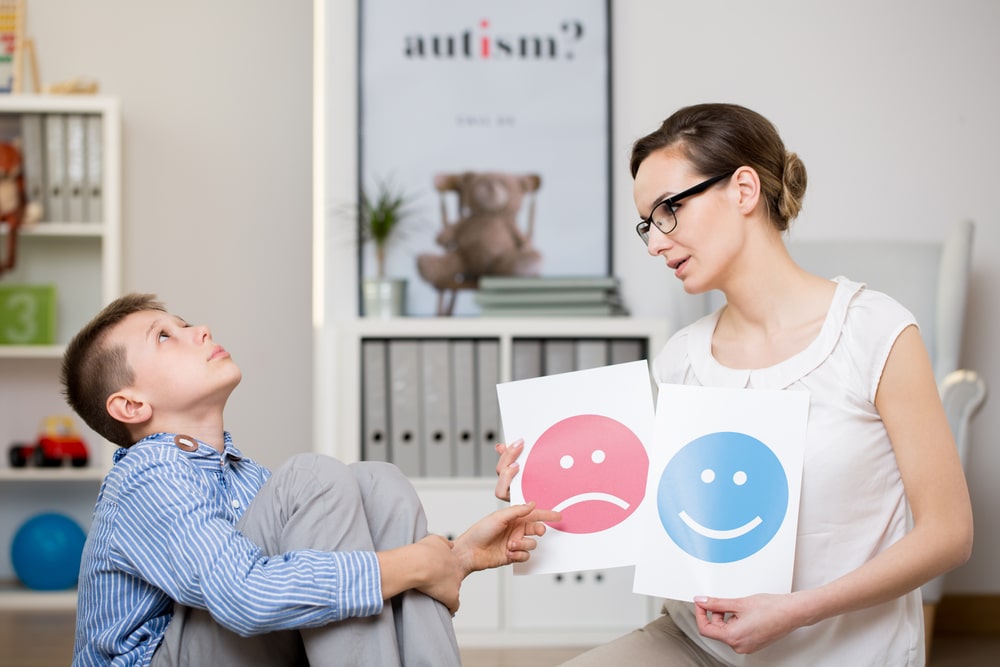Dialectical behavior therapy (DBT) is an evidence-based psychotherapeutic approach that is based off the principals of cognitive-behavioral therapy (CBT) and blends Eastern mindfulness techniques (e.g., awareness, mindfulness, and attentiveness to current situations and emotional experiences) to encourage acceptance and change. It is a multifaceted approach that is comprised of weekly individual psychotherapy sessions, weekly DBT group skills training sessions, and as-needed phone coaching that is available around the clock. Within each therapeutic setting, DBT focuses on providing therapeutic skills four areas, known as the four modules (core mindfulness, distress tolerance, interpersonal effectiveness, and emotion regulation). Each module highlights distinct and specific skills that build upon each other. The versatility of this therapeutic modality lends it to be an excellent method of treatment for young people in need of enhancing their stress management capabilities.
Stress
The Cleveland Clinic describes stress as “a normal reaction the body has when changes occur, resulting in physical, emotional and intellectual responses.” It is a feeling of emotional or physical tension that is the body’s reaction to a challenge or demand and may be caused by any event or thought that sparks feeling of frustration, anger, or nervousness. Stress responses can be useful as they can help a young person remain alert, motived, and prepared to avoid danger. Stress can also produce unwanted symptoms. Stress is subjective, as every child is different, and what one adolescent perceives to be stressful another may not. Regardless, stress is an unavoidable feeling that everyone will experience at some point in their life, which is why it is advantageous to help children find ways to manage stress when it presents.
Distress Tolerance Skills
Skills to improve stress management are directly addressed in the distress tolerance DBT module. Distress tolerance involves accepting reality rather than refusing to tolerate stress. The following examples include six DBT distress tolerance that may help your child learn to manage stress more effectively:
- Square breathing: is a guided breathing exercise that has been shown to relax the nervous system and can be used by anyone to manage stress and anxiety. Try it out by following these simple directions:
- Inhale to a count of 4
- Hold your breath to a count of 4
- Exhale to a count of 4
- Hold it for a count of 4
- TIPP skills: TIPP is an acronym for Temperature, Intense exercise, Paced breathing, and Paired muscle relaxation. TIPP skills quickly calm the limbic system and lower the state of emotional arousal.
- Weigh the pros and cons: noting the pros and cons can help an adolescent pause and take a moment to think about a situation and the subsequent steps.
- STOP skill: STOP is an acronym for Stop, Take a step back, Observe, and Proceed mindfully, which can help an child avoid engaging in impulsive behavior.
- Radical acceptance: is making a conscious choice to accept the state of things as they are, without working to change them.
- Failing forward: Failing forward eliminates the fear of failure by recognizing and celebrating it as an opportunity for growth. It allows a child to see that failure does not imply that they have failed as a person, and simultaneously reinforces the notion that growth is always possible.
Treatment In Calabasas
Calabasas is a city in California. It is a well-known suburb of Los Angeles, located west of the San Fernando Valley and north of the Santa Monica Mountains. Over the past decade, the city of Calabasas has grown in its reputation for luxury as well as for privacy which makes it a hidden gem for residential living for society’s elite, and one of the most desirable destinations in Los Angeles County. It is also home to a plethora of highly qualified mental health clinicians providing an array of therapeutic services and treatment options.
The information above is provided for the use of informational purposes only. The above content is not to be substituted for professional advice, diagnosis, or treatment, as in no way is it intended as an attempt to practice medicine, give specific medical advice, including, without limitation, advice concerning the topic of mental health. As such, please do not use any material provided above to disregard professional advice or delay seeking treatment.


